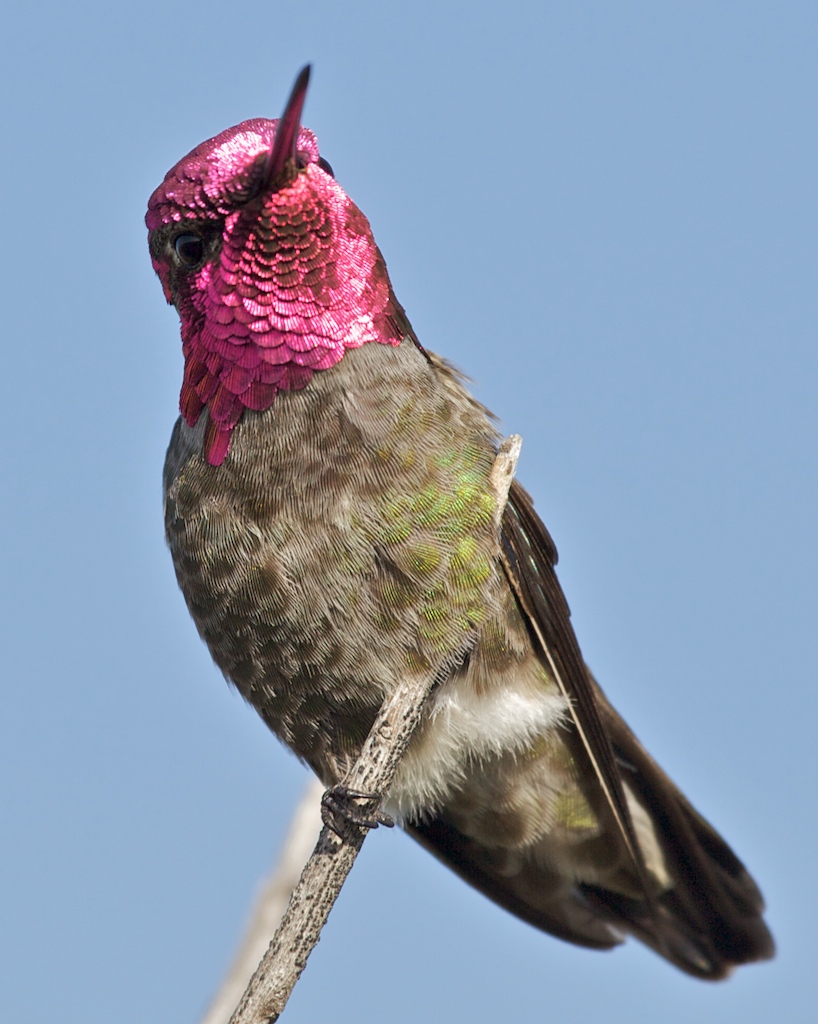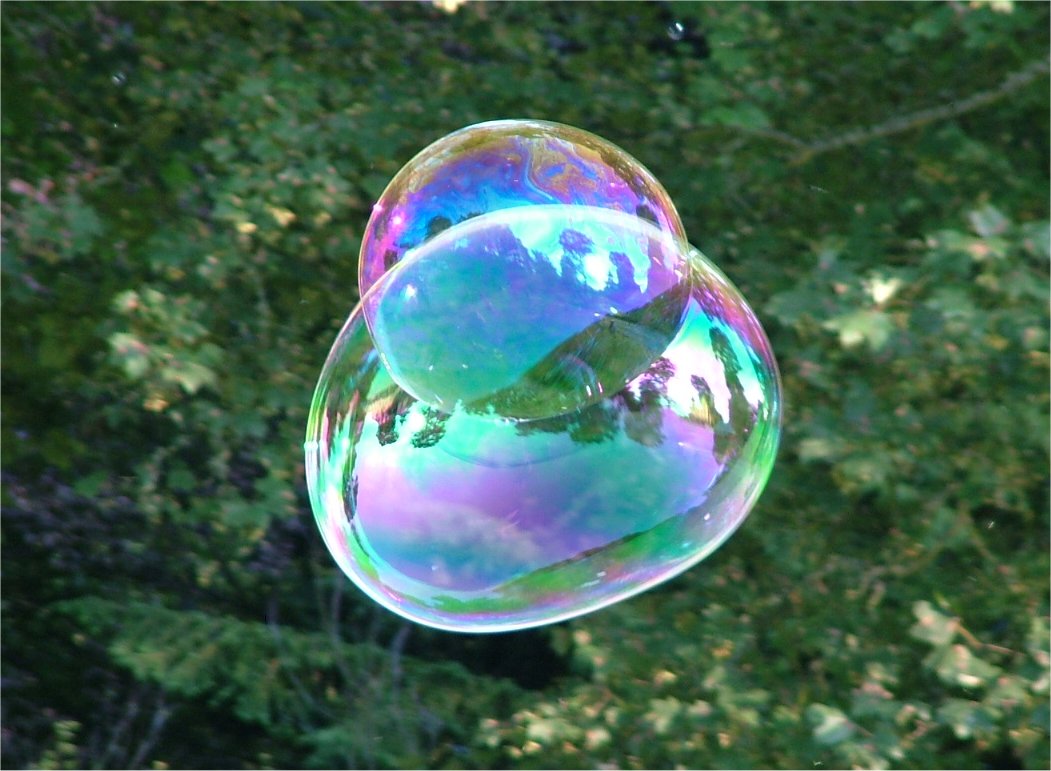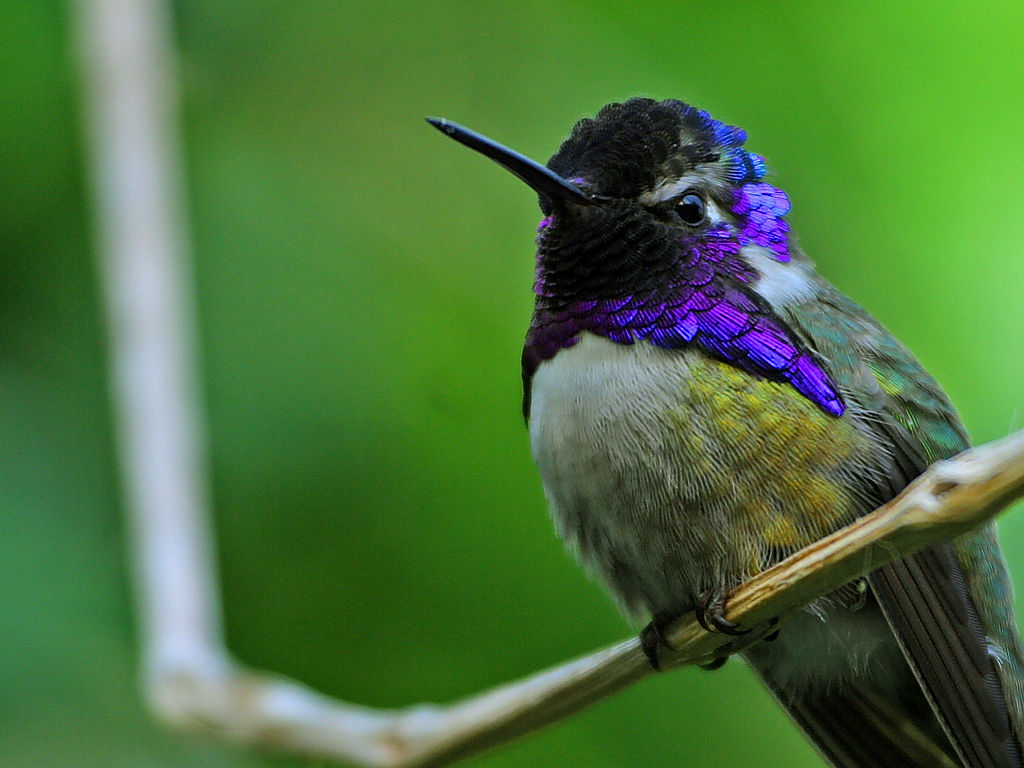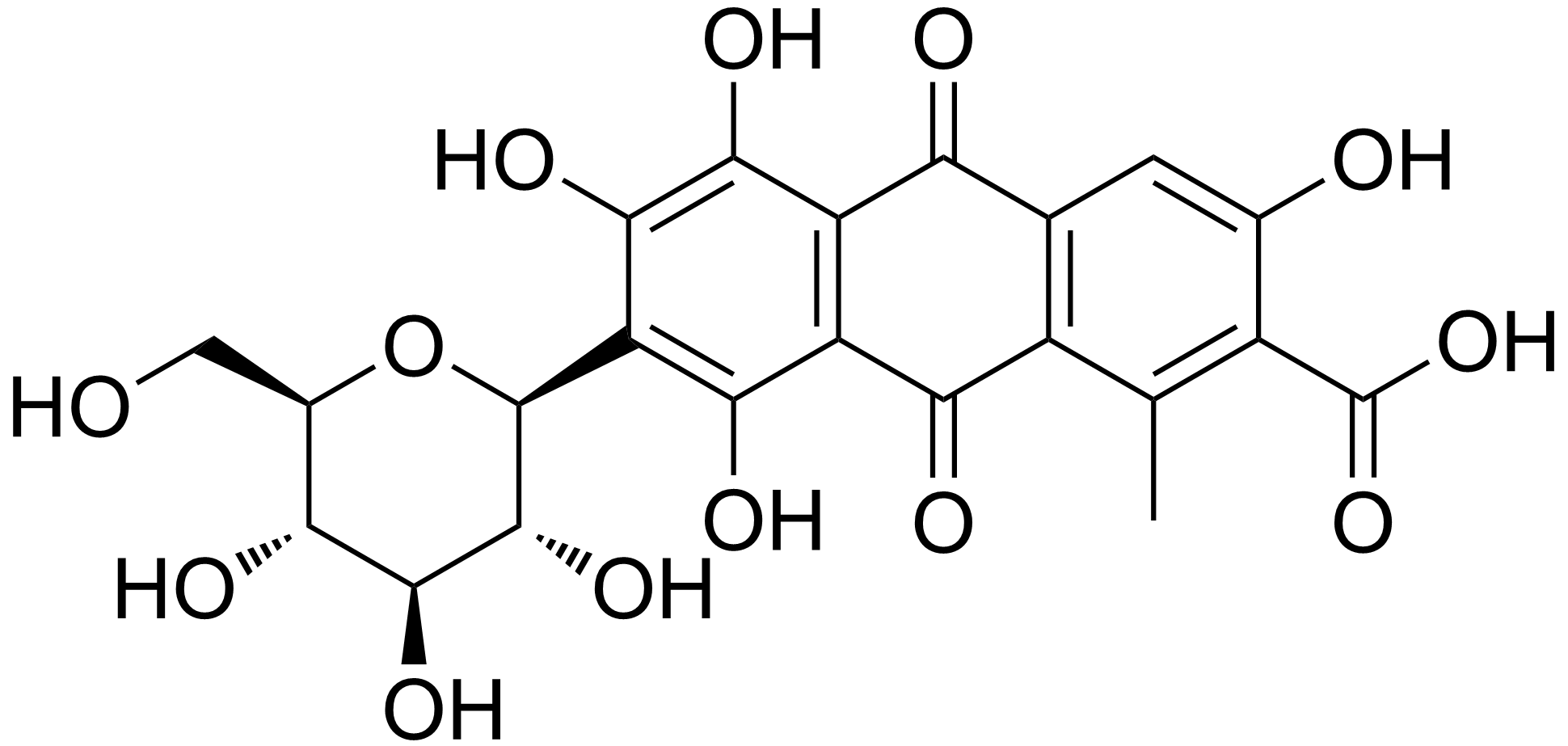|
Anna's Hummingbird
Anna's hummingbird (''Calypte anna'') is a North American species of hummingbird named after Anna Masséna, Duchess of Rivoli. It is native to western coastal regions of North America. Until the late 20th century, Anna's hummingbirds migrated from locations as far north as Alaska and coastal British Columbia, returning south to breed in Baja California and Southern California. Since the 1970s, ornamental plants in residential areas along the Pacific coast and inland deserts provided expanded nectar and nesting sites, allowing the species to expand its breeding range to northern coastal regions without migrating. Year-round residence of Anna's hummingbirds in the Pacific Northwest is an example of ecological release dependent on acclimation to colder winter temperatures, introduced plants, and human provision of nectar feeders during winter. These birds feed on nectar from flowers using a long extendable tongue. They also consume small insects and other arthropods caught i ... [...More Info...] [...Related Items...] OR: [Wikipedia] [Google] [Baidu] |
Binomial Name
In taxonomy, binomial nomenclature ("two-term naming system"), also called binary nomenclature, is a formal system of naming species of living things by giving each a name composed of two parts, both of which use Latin grammatical forms, although they can be based on words from other languages. Such a name is called a binomial name (often shortened to just "binomial"), a binomen, name, or a scientific name; more informally, it is also called a Latin name. In the International Code of Zoological Nomenclature (ICZN), the system is also called nomenclature, with an "n" before the "al" in "binominal", which is a typographic error, meaning "two-name naming system". The first part of the name – the '' generic name'' – identifies the genus to which the species belongs, whereas the second part – the specific name or specific epithet – distinguishes the species within the genus. For example, modern humans belong to the genus ''Homo'' and within this genus to the species ''Hom ... [...More Info...] [...Related Items...] OR: [Wikipedia] [Google] [Baidu] |
Iridescence
Iridescence (also known as goniochromism) is the phenomenon of certain surfaces that appear gradually to change colour as the angle of view or the angle of illumination changes. Iridescence is caused by wave interference of light in microstructures or thin films. Examples of iridescence include soap bubbles, feathers, butterfly wings and seashell nacre, and minerals such as opal. Pearlescence is a related effect where some or most of the reflected light is white. The term pearlescent is used to describe certain paint finishes, usually in the automotive industry, which actually produce iridescent effects. Etymology The word ''iridescence'' is derived in part from the Greek word ἶρις ''îris'' ( gen. ἴριδος ''íridos''), meaning ''rainbow'', and is combined with the Latin suffix ''-escent'', meaning "having a tendency toward". Iris in turn derives from the goddess Iris of Greek mythology, who is the personification of the rainbow and acted as a messenger of th ... [...More Info...] [...Related Items...] OR: [Wikipedia] [Google] [Baidu] |
Crown (anatomy)
The crown is the top portion of the head behind the Vertex (anatomy), vertex. The anatomy of the crown varies between different organisms. The human crown is made of three layers of the scalp above the skull. The crown also covers a range of Fibrous joint, bone sutures, and contains blood vessels and branches of the trigeminal nerve. The structure of the human crown provides a protective cavity for the brain and optimizes the crown's ability to ensure the Neocortex#:~:text=The neocortex, also called the,commands, spatial reasoning and language., neocortex is safe. Different parts of the neocortex, such as the frontal lobe and the parietal lobe, are protected by the meninges and bone structures. Other organisms, such as whales, have their Blowhole (anatomy), blowholes on their crown, causing a flattened head shape. Some bird species have a Crest (feathers), crest located on their crown, used for communication and courtship. Macroevolution of the human crown has led to different s ... [...More Info...] [...Related Items...] OR: [Wikipedia] [Google] [Baidu] |
Gorget (bird)
A gorget ( ) is a patch of colored feathers found on the throat or upper breast of some species of birds. It is a feature found on many male hummingbirds, particularly those found in North America; these gorgets are typically iridescent. Other species, such as the purple-throated fruitcrow The purple-throated fruitcrow (''Querula purpurata'') is a species of bird in the family Cotingidae, the cotingas. It is the only species of the genus ''Querula''.Schulenberg, T. S., Ed. 2010Purple-throated Fruitcrow (''Querula purpurata'').Ne ... and chukar partridge, also show the feature. The term is derived from the gorget used in military armor to protect the throat (which is called ' in French). Feather wear and exposure to the sun can produce changes in the apparent color of iridescent gorget feathers. For example, fresh gorget feathers on the Anna's hummingbird are rose red; these fade to a coppery bronzy color with age. Functions A number of social functions have been sug ... [...More Info...] [...Related Items...] OR: [Wikipedia] [Google] [Baidu] |
Crimson
Crimson is a rich, deep red color, inclining to purple. It originally meant the color of the kermes dye produced from a scale insect, '' Kermes vermilio'', but the name is now sometimes also used as a generic term for slightly bluish-red colors that are between red and rose. It is the national color of Nepal. History Crimson (NR4) is produced using the dried bodies of a scale insect, ''Kermes'', which were gathered commercially in Mediterranean countries, where they live on the kermes oak, and sold throughout Europe. Kermes dyes have been found in burial wrappings in Anglo-Scandinavian York. They fell out of use with the introduction of cochineal, also made from scale insects, because although the dyes were comparable in quality and color intensity, ten to twelve times as much kermes is needed to produce the same effect as cochineal. Carmine is a slightly different shade of red, extracted from a different insect (female cochineal), although these denominations are somet ... [...More Info...] [...Related Items...] OR: [Wikipedia] [Google] [Baidu] |
Iridescence
Iridescence (also known as goniochromism) is the phenomenon of certain surfaces that appear gradually to change colour as the angle of view or the angle of illumination changes. Iridescence is caused by wave interference of light in microstructures or thin films. Examples of iridescence include soap bubbles, feathers, butterfly wings and seashell nacre, and minerals such as opal. Pearlescence is a related effect where some or most of the reflected light is white. The term pearlescent is used to describe certain paint finishes, usually in the automotive industry, which actually produce iridescent effects. Etymology The word ''iridescence'' is derived in part from the Greek word ἶρις ''îris'' ( gen. ἴριδος ''íridos''), meaning ''rainbow'', and is combined with the Latin suffix ''-escent'', meaning "having a tendency toward". Iris in turn derives from the goddess Iris of Greek mythology, who is the personification of the rainbow and acted as a messenger of th ... [...More Info...] [...Related Items...] OR: [Wikipedia] [Google] [Baidu] |
Subspecies
In Taxonomy (biology), biological classification, subspecies (: subspecies) is a rank below species, used for populations that live in different areas and vary in size, shape, or other physical characteristics (Morphology (biology), morphology), but that can successfully interbreed. Not all species have subspecies, but for those that do there must be at least two. Subspecies is abbreviated as subsp. or ssp. and the singular and plural forms are the same ("the subspecies is" or "the subspecies are"). In zoology, under the International Code of Zoological Nomenclature, the subspecies is the only taxonomic rank below that of species that can receive a name. In botany and mycology, under the International Code of Nomenclature for algae, fungi, and plants, other infraspecific name, infraspecific ranks, such as variety (botany), variety, may be named. In bacteriology and virology, under standard International Code of Nomenclature of Prokaryotes, bacterial nomenclature and virus clas ... [...More Info...] [...Related Items...] OR: [Wikipedia] [Google] [Baidu] |
Monotypic
In biology, a monotypic taxon is a taxonomic group (taxon) that contains only one immediately subordinate taxon. A monotypic species is one that does not include subspecies or smaller, infraspecific taxa. In the case of genera, the term "unispecific" or "monospecific" is sometimes preferred. In botanical nomenclature, a monotypic genus is a genus in the special case where a genus and a single species are simultaneously described. Theoretical implications Monotypic taxa present several important theoretical challenges in biological classification. One key issue is known as "Gregg's Paradox": if a single species is the only member of multiple hierarchical levels (for example, being the only species in its genus, which is the only genus in its family), then each level needs a distinct definition to maintain logical structure. Otherwise, the different taxonomic ranks become effectively identical, which creates problems for organizing biological diversity in a hierarchical syste ... [...More Info...] [...Related Items...] OR: [Wikipedia] [Google] [Baidu] |
François Victor Massena, 3rd Duke Of Rivoli
François () is a French masculine given name and surname, equivalent to the English name Francis. People with the given name * François Amoudruz (1926–2020), French resistance fighter * François-Marie Arouet (better known as Voltaire; 1694–1778), French Enlightenment writer, historian, and philosopher * François Beauchemin (born 1980), Canadian ice hockey player for the Anaheim Ducks * François Blanc (1806–1877), French entrepreneur and operator of casinos * François Bonlieu (1937–1973), French alpine skier * François Cevert (1944–1973), French racing driver * François Chau (born 1959), Cambodian American actor * François Clemmons (born 1945), American singer and actor * François Corbier (1944–2018), French television presenter and songwriter * François Coty (1874–1934), French perfumer * François Coulomb the Elder (1654–1717), French naval architect * François Coulomb the Younger (1691–1751), French naval architect * François Couperin (1668� ... [...More Info...] [...Related Items...] OR: [Wikipedia] [Google] [Baidu] |
Anne D'Essling
Anne Debelle, Princesse d'Essling (28 July 1802 – 28 January 1887), was a French courtier. She served as ''Grand-Maitresse'' (senior lady-in-waiting) to Empress Eugénie de Montijo in 1853–1870. Life She was the daughter of Jean-François Joseph Debelle and Marguerite Justine Deschaux. She married the amateur ornithologist François Victor Masséna, 2nd Duke of Rivoli and 3rd Prince d'Essling, in 1823. She had four children. Court career After the introduction of the Second Empire and the marriage of Emperor Napoleon III to Eugénie de Montijo, she was appointed to the Household of the new Empress. The ladies-in-waiting of the new Empress consisted of a ''Grand-Maitresse'' or senior lady-in-waiting, the Princesse d'Essling; a Dame d'honneur or deputy, the Duchesse de Bassano, who both attended court on grand functions; and six (later twelve) Dame du Palais, who were selected from among the acquaintances to the Empress prior to her marriage, and who alternated in pairs ... [...More Info...] [...Related Items...] OR: [Wikipedia] [Google] [Baidu] |








